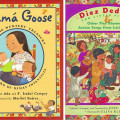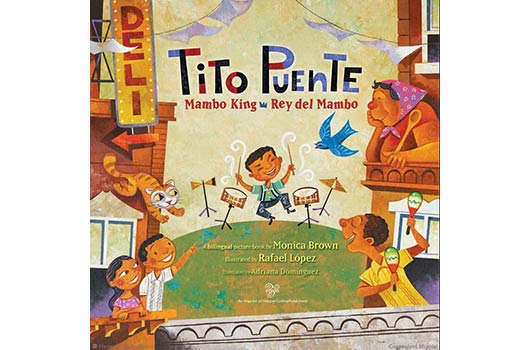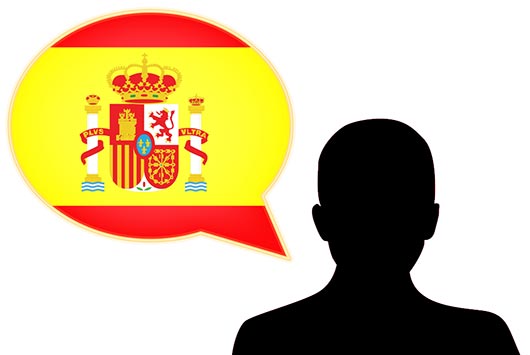
Spanish and English are spoken in so many different countries and have so many varieties, that often the questions arise: which variety is the best? Which type of English or Spanish should I teach my child?
The point is very tenable because most people are confused, and rightly so, when they are confronted with a difficult choice in the case of English, for instance. American English or British English? Most Europeans believe that, of course, real English is the one spoken in the British Isles and that American English is a bastard tongue. I believe that Britishers think so too. I, on the other hand, do not.
Read Related: 10 Polite Phrases Your Little Spanish Speaker Should Know
The case of Spanish is probably worse because in the US, the language has been neatly divided into two distinct varieties: South American Spanish and Peninsular Spanish. However, the question cannot be waved aside so sweepingly. Each country has its peculiarities: the Spanish spoken in Mexico is not the same as the Spanish spoken in Argentina or Paraguay, all of them Latin American nations.
SAME LANGUAGE, DIFFERENT LANGUAGE
The Spanish and English languages, no matter where they are spoken, have the same grammatical foundation, the same wiring, the same scaffolding that make Spanish and English adjectives, verbs, conjunctions, nouns, pronouns act the same everywhere. Grammar, with certain differences, is the same for all and form the firm ground for rich varieties in both languages.
The basic vocabulary: tener, to have; silla, chair; nube, cloud; y, and¸ loco, crazy, saber, to know; ir, to go… are the bricks, common to all, that keep up the edifice of the language. Each country, each region within each country, will have different words at times, peculiar idiomatic expressions, and even sounds.
WHAT IS ‘PROPER’?
The best English and Spanish, regardless of origin, is the one that can be best understood by most people. Educated English and educated Spanish will stand your child in good stead anywhere, in any country, in any region, of the English and Spanish speaking worlds. That simple.
Make sure your child’s teacher—regardless where she comes from—speaks distinctly and clearly. Most teachers do, of course, whether they come from Peru, Argentina, Spain, Mexico or Guatemala.
Well spoken, distinct Spanish is a joy to the ear, whether the accent is Chilean or Colombian. Well spoken, distinct English, whether the accent is Southern American, Oxonian or Scottish, is a joy to the ear and will always be understood, which is the aim of language communication.
[Mamiverse’s Bilingual Plus is an online channel devoted to bringing parents and educators the bilingual learning tools they need in the form of digital picture books, sing-alongs, and free curriculum-based family activities.]












